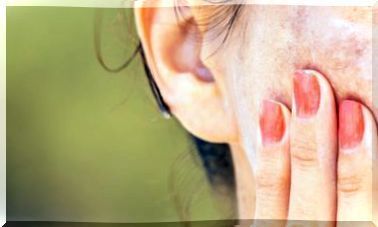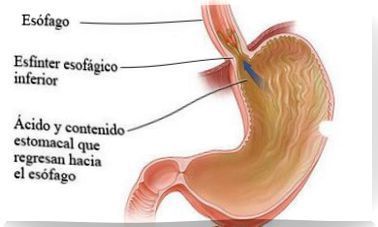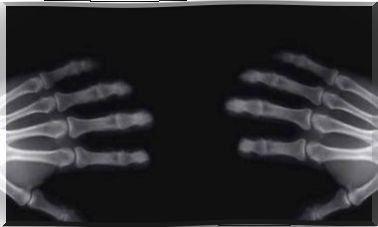Treatment Of Achondroplasia
Although the treatment of achondroplasia is not specific nor does it cure the disease, it does bring together a series of techniques and means to ensure the well-being of the patient, as far as possible, and depending on the severity of the complications that arise.
Usually when a child has achondroplasia, they do not need special medical care. However, it is recommended to keep track of the disease. In this way, the treatment of achondroplasia is really oriented to combat the possible complications that arise. .
Patient care will be in charge, mainly, of a multidisciplinary group of the following specialists:
- Pediatrician.
- Dentist.
- Geneticist.
- Orthopedist.
- Nutritionist.
Treatment of achondroplasia and its complications
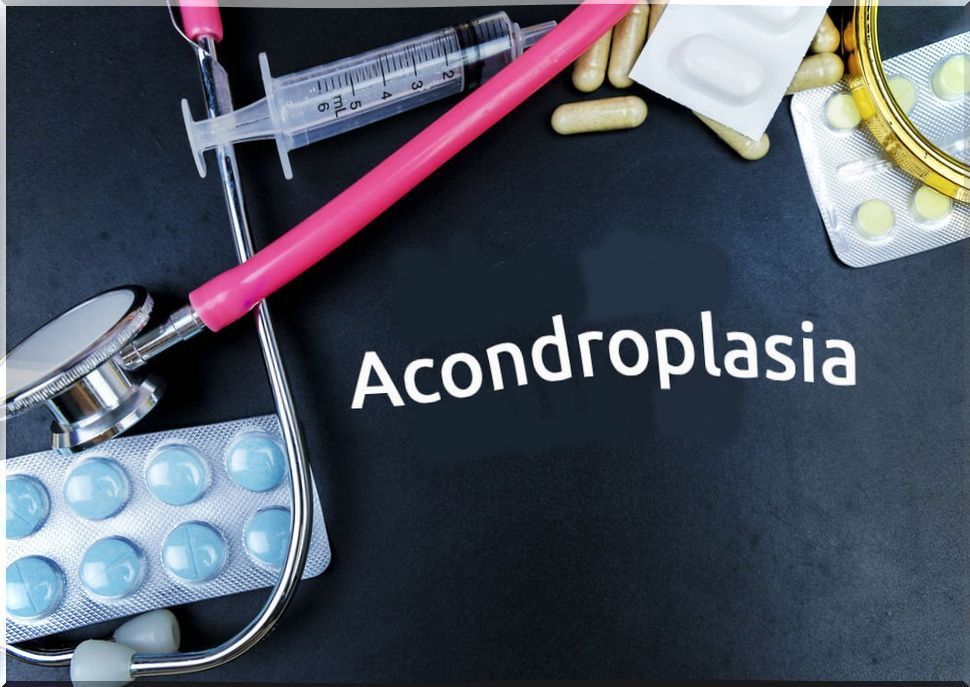
- Hydrocephalus
- Spinal cord compression.
- Breathing problems (tonsils or adenoids are removed).
- Kyphosis. Deformation of the spine, which can be corrected with braces.
- Control nutrition so that children do not become excessively fat and do not aggravate problems.
- Hearing loss from frequent infections (small drainage tubes are placed in the middle ear).
Some tests that should be carried out, both for the prevention of complications and for the follow-up of the disease are:
- Monitor height, weight, and head size using standardized growth charts for achondroplasia.
- Perform periodic neurological examinations to determine the presence of hydrocephalus.
- If weakness in the trunk is observed, the doctor should evaluate possible deformations in the spine.
- If the curvature of the legs is excessive, the pediatrician will probably refer the patient to consult a pediatric orthopedist.
By using special head and body growth charts, the physician will be able to obtain the data necessary to perform the relevant periodic monitoring. In this way, complications can be treated in time.
Growth hormone
The pharmacological treatment of achondroplasia only includes somatotropin a or growth hormone and aims to increase the height of affected children. However, no results have yet been demonstrated on this treatment and it is still under study. Antibiotics are also used to treat ear infections when complications occur.
Surgery
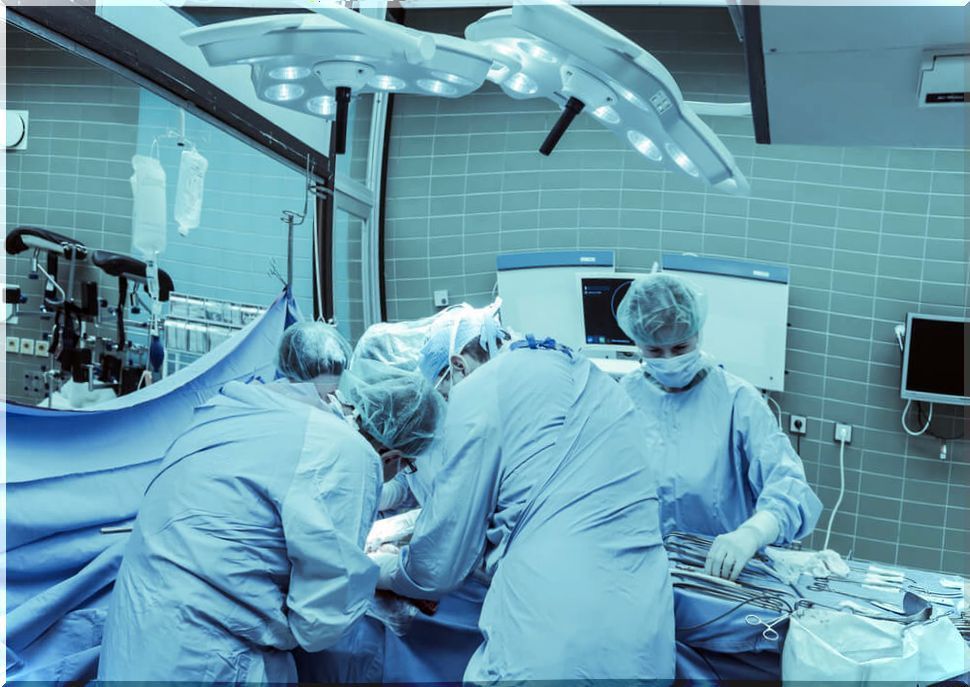
The surgical option as a treatment for achondroplasia is chosen in the case in which this disease has a serious psychological impact on the child. This surgery consists of lengthening the size of the patient, acting on their extremities.
To carry out this intervention, a minimal fracture is caused in a certain area of the bone. And thanks to an external fixator adapted to the bone that is placed where the fracture is, it does not heal. With this, it is achieved that the bone is lengthened through the fixator approximately one millimeter per day until the adequate length is achieved, normally 30-35 centimeters are lengthened.
Once this height is reached, the fixator is maintained until the bone is fully healed, and rehabilitation is performed to restore or return to normal bone and soft tissue characteristics. They are elongated: tibiae, fibulae, femurs, humerus. Where normally the lower extremities are lengthened about 30 centimeters approximately and the upper ones about 10 centimeters.
The final objective of this treatment of achondroplasia is to avoid as far as possible all the pathology secondary to the disease; however, it is a very controversial issue since they are very long and very painful interventions. It is recommended that if they are carried out, that they be carried out in centers with a lot of experience.
Prenatal care for the mother

If the pregnant mother is affected by this disease, it is recommended that the doctor teach her to do a series of exercises to control breathing during the third trimester of pregnancy.
In addition to these exercises, you will have a lung function study because you may develop breathing problems at this stage of pregnancy.
Immediate newborn care
Once the baby is born, it is very important that the pediatrician confirms the diagnosis through radiological studies and that he takes measurements of the different parts of the body such as the hand, the circumference of the skull and the length of the body.
It is important that after delivery, unless it is inadvisable because there is a health problem in the child, that the same care is given to any newborn.
